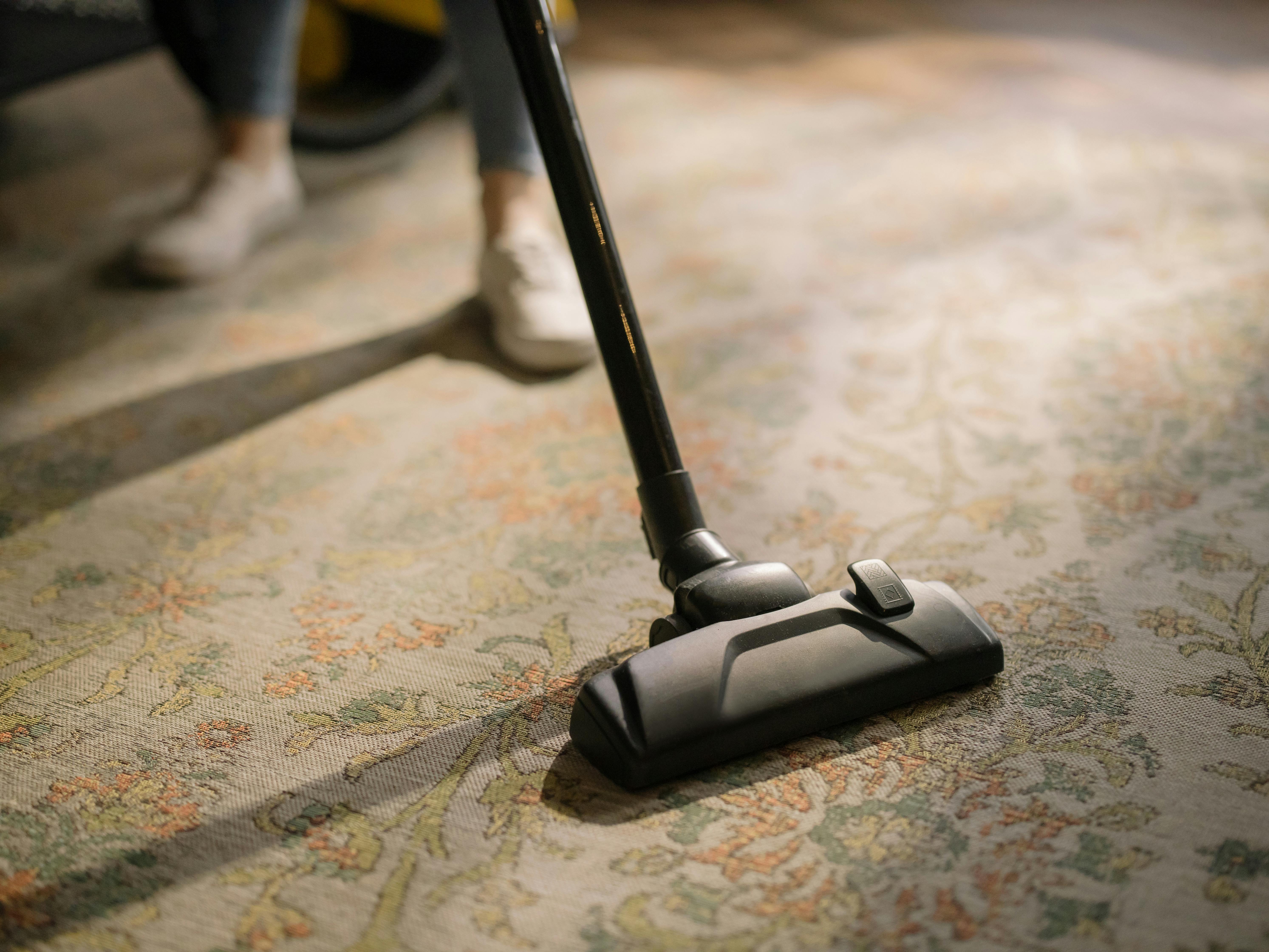
Ever bought a new vacuum cleaner and thought, “Hmm… I expected a bit more oomph”? You’re not the only one. The trouble is that vacuum performance numbers can be confusing. A big “1600W” label might sound impressive, but that’s not actually telling you how strong the suction is.
Here’s what you really need to know.
Power vs Suction – They’re Different Things
Power (watts) – This is simply how much electricity the motor uses.
Suction power – This is the vacuum’s actual cleaning strength, how well it pulls in air (and dirt) and keeps it moving.
So yes, watts matter but they’re only half the story.
How Brands Measure Suction
Vacuum makers use a few different numbers and units to talk about suction power. The main ones are:
1. Air Watts (AW)
What it means: Air Watts combine two things suction strength and the airflow needed to carry dirt into the bin. It’s one of the best “all-round” indicators of cleaning power.
Where you’ll see it: Often used on both upright and cordless stick vacuums. You’ll also see it on some high-performance canister vacuums.
Why it’s useful: It tells you how much of the motor’s power is turned into cleaning ability not just how much electricity it uses.
2. Kilopascals (kPa also shown sometimes as Pa)
What it means: This measures suction pressure how hard the vacuum can “pull” air in.
Where you’ll see it: Common on wet/dry vacuums, industrial machines, and some high-suction cordless vacuums.
Why it’s useful: If you want strong lifting force (for example, to pick up heavy debris or water), kPa is a good number to watch.
3. Motor Watts
What it means: How much electricity the motor uses not how well the vacuum cleans.
Where you’ll see it: Almost everywhere, because it’s easy for manufacturers to print.
Why it’s not enough: Two vacuums with the same wattage can perform very differently, depending on design, airflow efficiency, and filtration.
If you’re shopping around, look for air watts, kPa, Pa or airflow figures they tell you more about cleaning ability than just motor watts.
Why a Vacuum Can Feel “Weak”
If your vacuum feels underwhelming, it’s often not the motor’s fault. The usual culprits are:
- Filters clogged with dust.
- An overfilled bin or bag.
- Hair or fluff tangled around the brush.
- A blocked hose or nozzle.
Keeping Suction Strong – The Easy Way
You don’t need to be a technician to keep your vacuum in top form. Just:
- Empty the bin or change the bag regularly.
- Clean or replace filters as per the instructions.
- Check hoses and tools for blockages.
- Cut away hair and threads from the brush bar.
These quick jobs can make even an older vacuum feel new again.
The Bottom Line
When buying, remember:
- Motor watts = electricity used.
- Air watts / kPa / Pa / PSI / airflow = actual cleaning muscle.
And once you’ve bought it, maintenance is everything. A well looked after vacuum can easily outperform a neglected high-wattage one.
Read our blog: Clean Smarter: Start with Your Vacuum